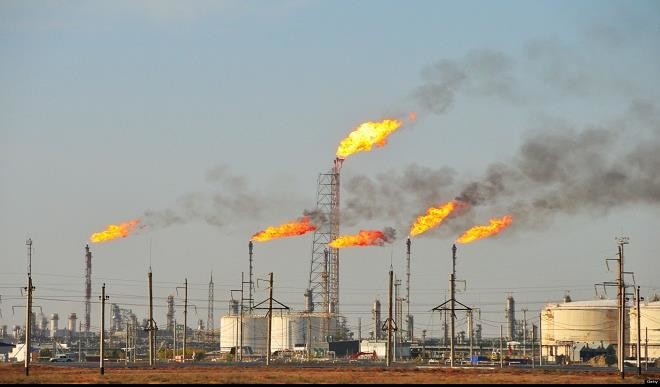Gas flared at oil fields per year can power all of Africa – Report
A report from the World Bank states that every year 140 billion metric cubic meters of natural gas is flared at oil fields around the world, saying that could power all the countries in African. Flaring of gas, according to the report, contributes to climate change and affects the environment through the emission of CO2, […]


A report from the World Bank states that every year 140 billion metric cubic meters of natural gas is flared at oil fields around the world, saying that could power all the countries in African.
Flaring of gas, according to the report, contributes to climate change and affects the environment through the emission of CO2, uncombusted methane gas, black carbon (soot), and other pollutants. It also wastes a valuable energy resource that could be used to advance the sustainable development of producing countries.
The latest data by the World Bank (2013 – 2015), says Nigeria is the world’s 7th largest gas flaring nation leading 30 other flaring countries, with Russia at first position followed by Iraq, Iran, United States, Venezuela and Algeria in that order.
“The practice of burning off gas wastes an annual 30 billion dollars- the entire spending of Europe on gas.
“Nigeria has the biggest amount of gas being burnt off, and the burnt gas fumes are heavily polluting local communities and rivers,” it said.
Also, data released in December 2016 shows an increase over the past five years in the amount of gas flared at oil production sites worldwide, reversing a trend of flaring reduction, adding that the flaring increase was mainly attributed to an overall growth in oil production, particularly in Iraq and the United States.
Meanwhile, the World Bank through its ‘Zero Routine Flaring by 2030’ initiative which brings together governments, oil companies and development institutions to eliminate routine flaring no later than 2030, has noted that it was part of the effort to mitigate climate change and help provide affordable, reliable and sustainable energy to the 1.1 billion people who currently lack access to energy.
